#Urban Agriculture
Text
As urban populations boom, urban agriculture is increasingly looked to as a local food source and a way to help combat inequitable food access. But little is known about how productive urban agriculture is compared to conventional, rural farming. A new study digs in, finding urban gardeners and hydroponics can meet and sometimes exceed the yields of rural farms.
“Despite its growing popularity, there’s still quite a lot we don’t know about urban agriculture, like whether the yields are similar to conventional agriculture, or even what crops are commonly grown,” says Florian Payen, an environmental scientist at Lancaster University and lead author of the study, published today in AGU’s journal Earth’s Future.
The new study compiles studies on urban agriculture from 53 countries to find out which crops grow well in cities, what growing methods are most effective, and what spaces can be utilized for growing. The researchers find that urban yields for some crops, like cucumbers, tubers and lettuces, are two to four times higher than conventional farming. Many other urban crops studied are produced at similar or higher rates than in rural settings. Cost efficiency remains an open but important question.
Most studies on urban agriculture have focused on green spaces, such as private and community gardens, parks and field growing operations. Payen’s work includes “gray” spaces — places in cities that are already built but could be used for growing, such as rooftops and building facades. In both green and gray spaces, the study examines a suite of crops grown in soils versus hydroponics, horizontal versus vertical farming, and natural versus controlled conditions.
“Surprisingly, there were few differences between overall yields in indoor spaces and outdoor green spaces, but there were clear differences in the suitability of crop types to different gray spaces,” Payen says. Certain crops like lettuces, kale and broccoli are more naturally suited to be grown vertically in indoor spaces than others. “You can’t exactly stack up apple trees in a five- or ten-layer high growth chamber,” he says, “though we did find one study that managed to grow wheat stacked up like that.”
Other crops, like watery vegetables (e.g., tomatoes) and leafy greens, performed well in hydroponic environments. And crops grown in fully controlled environments can be grown throughout the year, allowing harvests to happen more times per year than in open-air environments, which leads to higher annual yields. But scientists will need to keep studying these systems to plan cost-effective agriculture solutions.
The finding that urban agriculture can have similar or greater yields to conventional agriculture “is exactly what we have been waiting for in the urban agriculture research community,” says Erica Dorr, an environmental scientist at AgroParisTech who was not involved in the study.
837 notes
·
View notes
Text
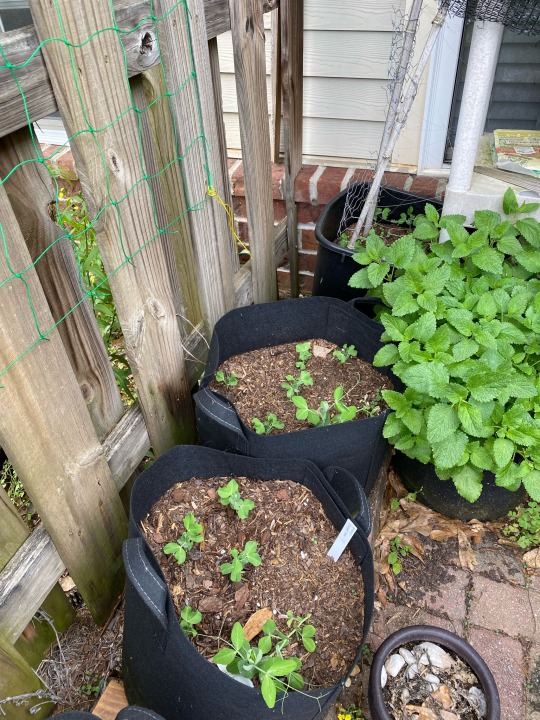
So many peas coming in!!
#my plants#plantblr#gardening#garden#urban gardening#container gardening#container garden#peas#pea plants#snap peas#sugar snap peas#snap pea plant#snap pea#lemon balm#urban agriculture#urban farming#container farm#container farming#farmcore#plantcore#food gardening#patio garden
3 notes
·
View notes
Text

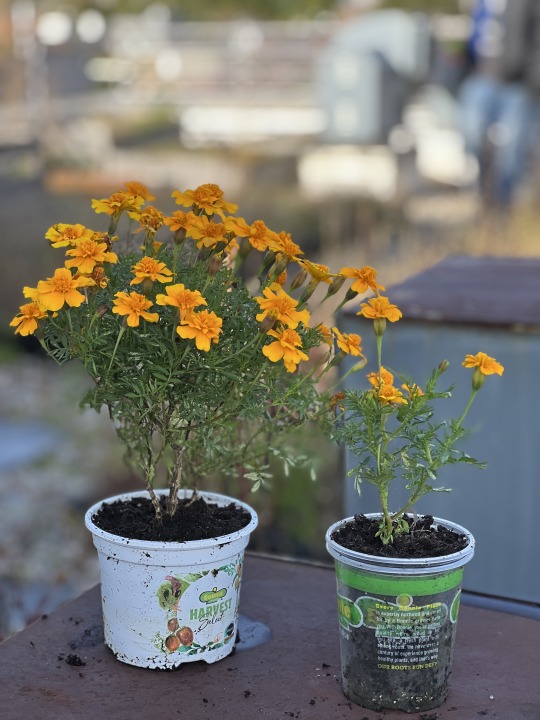

🌸🌿 Gardening Delights in Supportive Housing! 🌼🌱
Hey there, lovely community! 🌸
What We've Been Up To: Our gardening enthusiasts, along with our amazing clients, have been busy! Regular weeding sessions have kept our garden pristine and healthy. But that's not all – we've introduced charming flower pots that have added a burst of colors to our surroundings. 🌺🌼 The result? A picturesque view that not only delights our clients but also serves as a delightful decoration for our office space! 🌿✨
Why Gardening Matters: Gardening is more than just planting flowers and weeding the soil; it's about nurturing life, fostering connections, and finding peace in the midst of nature. Our gardening sessions provide a therapeutic space for our clients, promoting relaxation, mindfulness, and a sense of accomplishment. 🌱🌸
4 notes
·
View notes
Text
Started the "Black Agricultural Solutions to Food Apartheid" course on Coursera today. It's completely free and I would highly recommend! Particularly if you are interested in urban agriculture and food justice.
I'll probably make a more in depth post on what the course entails + a link to it in the future.
2 notes
·
View notes
Photo



Island Bee Project published in Elle Living, Hungary April 2023 Issue
Writer Barbara Bedike
#urban agriculture#urban beekeeping#beekeeping#islandbeeproject island bee project nyc urban farmers
7 notes
·
View notes
Link
Excerpt from this story from Earth Island Journal:
The Santa Clara development will be the latest in a growing number of agrihoods that function not just as a site of food production but also a source of community building. Ed McMahon, a senior fellow of sustainable development at the Urban Land Institute, a network of cross-disciplinary real estate and land use experts across the world, estimates that there are more than 200 agrihoods across the United States, spanning at least 30 states, from rural communities to major cities. And it’s easy to see why. As McMahon put it, “walkable, charming neighborhoods — that’s a scarce resource.” Beyond that, agrihoods also harken back to an earlier way of living.
“Everyone in America was at one time either a farmer themselves or their neighbors were the farmers. Then we separated farm production from farm consumption, and nobody knew where their food came from,” said McMahon. “This is a way to restore that balance, at least to a small extent.”
As a model, an agrihood has the potential to address fundamental food system challenges, such as food miles and possible supply chain disruptions. “In principle, it makes sense to more strategically integrate agricultural production into wherever we live,” said Joshua Sbicca, associate professor of sociology at Colorado State University and author of A Recipe for Gentrification. “It makes sense to have greater connection to the land and makes sense to have more immediate access to food, which is a fundamental need.”
So far, the answer to Sbicca’s question is the well-heeled. The term “agrihood” was popularized by 2014 New York Times article about a popular development in Arizona called Agritopia. The article noted at the time that homes in the community sold for “no more than similar houses in the area.” But since then, they have risen to a median price of over a million dollars, while homes in the surrounding community go for about half that price. Other agrihoods are similarly pricey, often treating the farm as an “amenity” that adds to its marketability and cost.
“We can maximize stability in local communities by having them manage their own food,” said Middlebrook. “I see it as a way to not only deal with the climate crisis, but with a lot of other crises that are happening in America today.”
17 notes
·
View notes
Text

View on Twitter
German city filling public spaces with green food gardens.

(Source)
6 notes
·
View notes
Text
"When Cuba found itself abruptly cut off from trade with the Soviet bloc in 1989, the country entered into an economic crisis of unprecedented severity. Already sidelined from international trade due to US embargoes, Cuba became, almost overnight, a country detached from the rest of the world."
"Presented with a near collapse of its food provisioning system, the Cuban government responded with an overhaul of agriculture on the island, prioritising organic farming methods, the production of useful edible crops and the use of peasant labour. In urban areas, guerrilla gardening initiatives blossomed into new state-supported urban farming programmes, with widespread voluntary participation. These farming efforts have produced ‘what may be the world’s largest working model of a semi-sustainable agriculture’, [1] and in the process, resurrected the country’s local, affordable and accessible foodshed.[2]"
Endnotes: "Today the Cuban government has identified hundreds of large state-sponsored urban farms, 162 school gardens, 7,848 vacant lot gardens, and 34,970 yard gardens (González, 2008, p24)."
3 notes
·
View notes
Text
What happens to rural agriculture when Agrinets mature?
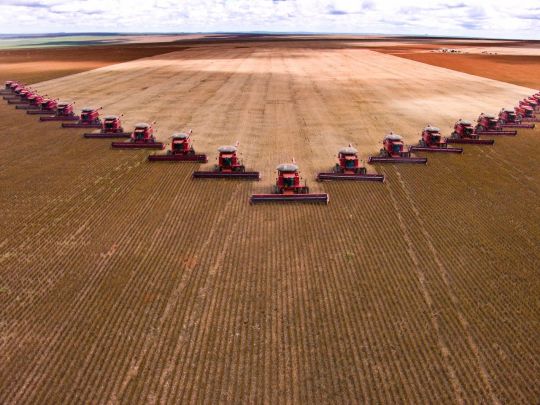
2 notes
·
View notes
Text
In a conversation with Civil Eats, lead author Jason Hawes, a Ph.D. student at the University of Michigan, said this his team compiled “the largest data set that we know of” on urban farming. It included 73 urban farms, community gardens, and individual garden sites in Europe and the United States. At each of those sites, the research team worked with farmers and gardeners to collect data on the infrastructure, daily supplies used, irrigation, harvest amounts, and social goods.
That data was then used to calculate the carbon emissions embodied in the production of food at each site and those emissions were compared to carbon emissions of the same foods produced at “conventional” farms. Overall, they found greenhouse gas emissions were six times higher at the urban sites—and that’s the conclusion the study led with.
But not only is 73 a tiny number compared to the data that exists on conventional production agriculture, said Omanjana Goswami, an interdisciplinary scientist at the Union of Concerned Scientists (UCS), but lumping community gardens in with urban farms set up for commercial production and then comparing that to a rural system that has been highly tuned and financed for commercial production for centuries doesn’t make sense.
“It’s almost like comparing apples to oranges,” she said. “The community garden is not set up to maximize production.”
In fact, the sample set was heavily tilted toward community and individual gardens and away from urban farms. In New York City, for example, the only U.S. city represented, seven community gardens run by AmeriCorps were included. Brooklyn Grange’s massive rooftop farms—which on a few acres produce more than 100,000 pounds of produce for markets, wholesale buyers, CSAs, and the city’s largest convention center each year—were not.
And what the study found was that when the small group of urban farms were disaggregated from the gardens, those farms were “statistically indistinguishable from conventional farms” on emissions. Aside from one high-emission outlier, the urban farms were carbon-competitive.
179 notes
·
View notes
Text
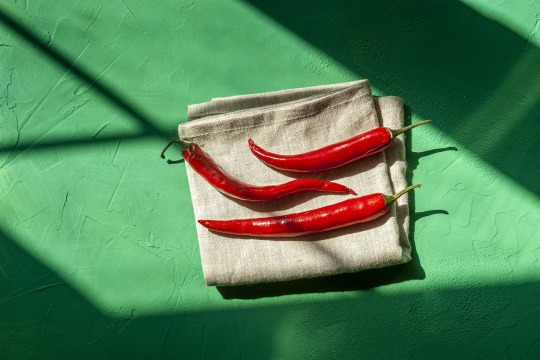
Experts say store-bought chilis are getting bigger and more mild—though other growers are breeding the spiciest peppers they can. Photograph By Ian Laker, Getty Images
Are Chili Peppers Getting Less Spicy? The Truth Is Complicated.
Jalapeños At The Supermarket Are Twice as Big As They Used To Be, And More Mild, One Expert Says.
— By Eric Alt | May 09, 2024
Hot chili peppers can illicit big reactions: flushing in the face and ears, panting, tearing up, sweating, and maybe even some swearing. Chilis are inherently dramatic—and even by its own standards, the peppers have had an explosive couple of years.
Severe climate conditions might cause another shortage of sriracha hot sauce after a lapse in 2022 for the same reason. In 2023, a product with a single tortilla chip made with two of the hottest peppers in the world was pulled from shelves “out of an abundance of caution,” though a 14-year-old’s family says he died after eating the chip. Meanwhile, over the last year or so, panic that peppers are being purposefully grown to be less spicy have been inflamed by conspiracy theorists.
On the other hand, certain farmers are pushing back on the alleged “weakening” of peppers by cultivating barely-fit-for-human-consumption levels of heat. There’s also the popularity of viral internet series like “Hot Ones,” where celebrities eat chicken wings basted in hotter and hotter sauces, and “hot” snack varieties that have grown to include Cinnefuego Toast Crunch and Carolina Reaper chocolate.
Regardless of whether you prefer milder peppers or boundary-pushing spice, it seems like there is less and less middle ground for the curious foodie. Do you have to settle for only mild or life-choice-questioning hot, with nothing in between? And is our understanding of a chili’s heat—largely through the 112-year-old Scoville measurement process—even accurate?

Heat Vs. Flavor
“There’s no denying things are going in two different directions,” says Ted Ballweg, chili farmer and owner of Savory Accents. There are two camps, he says: one that prefers flavor over heat, and the other pushing the limits of how spicy chilis can be.
For those of us noticing weaker chilis at the supermarket, something else might be at play. As food historian and novelist David DeWitt, known as “The Pope of Peppers,” points out, part of the reason is simple profit.
“Generally, the larger the chili, the milder it is,” says DeWitt. “These days, jalapeños are getting to be about six inches long, when they used to be about three. Farmers are deliberately breeding for larger pods because they get paid by the poundage. Larger chilis weigh more, so they get paid more.”
Brad Rubin, Agri-Food Institute sector manager at Wells Fargo, told the Food Institute that yes, peppers are getting bigger and less flavorful because larger, more consistently spicy peppers sell better in stores.
To be clear though, DeWitt says in his experience he hasn’t found products like sriracha (which uses very common serrano peppers) to be any less spicy than before.
Why The Scoville Scale Doesn’t Work
Pharmaceutical chemist and professor Wilbur Scoville developed the Scoville Organoleptic Test in 1912, and it remains the standard 112 years later. The problem is that it wasn’t a precise system then and hasn’t gotten any more so with age.
The Scoville test works through taste testers. They’re given a solution of capsaicin, the compound that makes chilis spicy, in sugar water. More and more water is added until the tester says they no longer feel the heat. The Scoville rating is the number of times required to dilute the solution to eliminate the heat—so a pepper with a Scoville rating of 10,000 means the solution needs to be diluted 10,000 times to be neutralized.

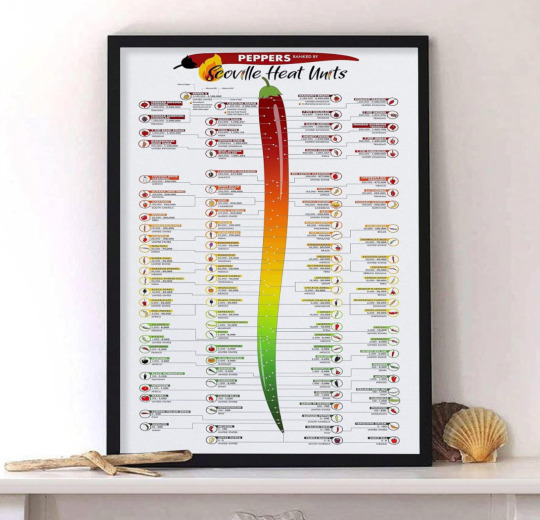
Wilbur Lincoln Scoville (1865 – 1942) was an American pharmacist known for his creation of the "Scoville Organoleptic Test", now standardized as the Scoville scale
Scoville tests have always depended on humans—and as anyone who has watched more than one episode of “Hot Ones” knows, sometimes you get someone who is completely unfazed by even the hottest sauces and sometimes you get someone who can barely get beyond mild without tearing up.
“That’s not very scientific, but it’s the only method we have,” Ballweg says. “All of our taste buds are different.”
Heat tolerance in people can be largely genetic, as shown in a 2012 study conducted by the University of Helsinki. Researchers took two sets of twins—one that shared the same genetic makeup (identical twins) and the other who had genetic distinctions (fraternal twins)—to measure their reactions to spicy foods. Their results suggest there are common genetic factors that can greatly impact a person’s response to spice—anywhere from 18 to 58 percent, with the rest determined by environmental factors.
Taking the human element out of the equation, heat level can vary a lot even within one species of chili pepper. Ballweg points to changes in their growing environment as a big factor. “Last year was a very hot, dry year here in Wisconsin…So the same pepper a year before that might have been 30,000 on the Scoville scale was now around 60,000 to 70,000. There are so many factors that can change a pepper’s heat level, in addition to subjective taste tests.”

More Options Than Ever Before
The mildest and hottest peppers get the most attention, so the concept of a “middle ground” may seem like a futile quest. But both Ballweg and DeWitt believe that you don’t have to settle for either defanged peppers or potentially toxic endurance tests.
Ballweg posts a Scoville Scale display at his market stands, so people can assess his peppers’ heat levels and find something that suits their tastes or intentions. “My suggestion is for folks to shop their local farmers markets for fresh chilis, because the farmers that grow them often have insight into heat and flavor profiles,” he says. “The bottom line for the consumer is ‘more varieties are better’—just ask questions to become enlightened about what suits you best. You have choices.”
With increased knowledge of and desire for more pepper flavor, peppers becoming less spicy might simply be a cultural shift. More ethnically and culinarily diverse food is available to and accepted by diners than ever before, and we’re all just...used to it.
“There’s definitely a bigger tolerance for spice than I’ve ever seen in my 70 years on the planet,” DeWitt says. “People travel more, they see more on TV, and have more opportunities to experience other culture’s cuisine.”
#Environment#Chilli Peppers 🌶️ 🫑#Jalapeños | Less Spicy | Hot 🥵 🌶️#Heat Vs. Flavor#The Scoville Scale#Agriculture#Spices#Urban Agriculture#Vegetables 🥗🥕🥦
0 notes
Text
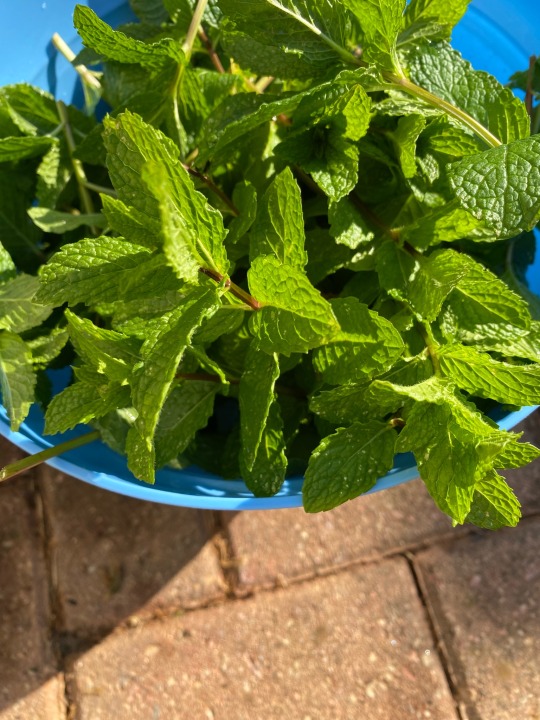
Gathering spearmint! First harvest of the year - tomorrow I’m gonna harvest some lemon balm, then both of my oreganos need to be trimmed back, too, so I’ll be doing those soon. I’ll also have some radishes in about two weeks! Also lots of blueberries and blackberries getting started 🥳
#my plants#plantblr#gardening#food gardening#garden#urban gardening#spearmint#mint#container garden#container gardening#herb garden#herb gardening#patio garden#urban agriculture
2 notes
·
View notes
Text

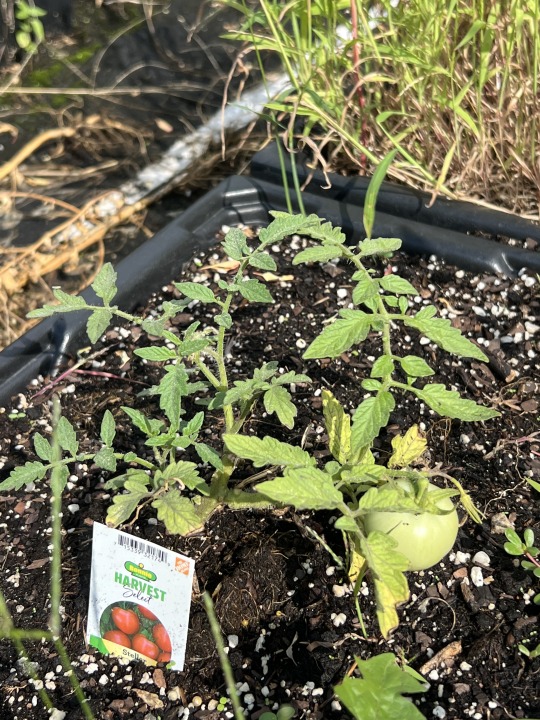

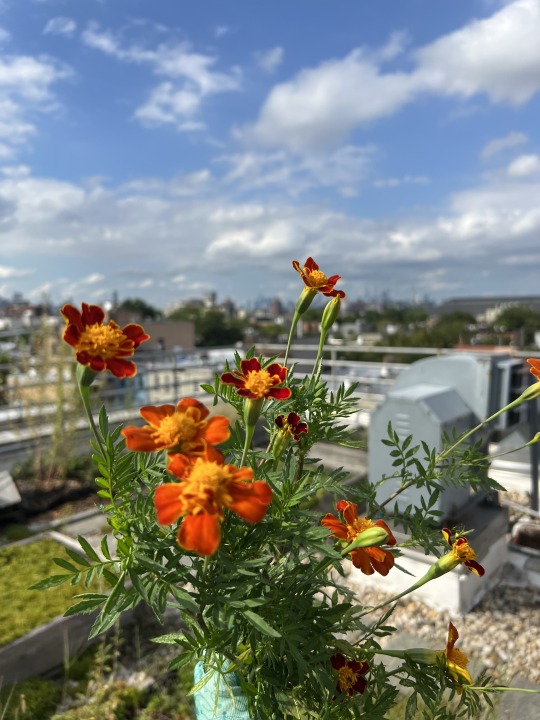
🌼🏡 Exciting News! Tenant Join Us! 🏡🌼
We're thrilled to announce a blooming new addition to our community – our tenants have joined hands for a fantastic gardening venture! 🌱💚 From planting vibrant flowers to creating stunning bouquets, our residents are embracing the joy of gardening together. 🌸🌿
🌿😊 Weeding might be a chore for some, but for us, it's a chance to bond, laugh, and make our housing program even more beautiful. Together, we're turning every weed-pulling session into an opportunity for connection.
🌼✨ Let's sow the seeds of friendship, nurture the bonds of togetherness, and watch our garden – and our community – flourish. 🌱💫 🏡🌸
#urban farming#community gardening#blooming#urbanfarming rooffarm brookyn awesome green#housing program#urban agriculture
2 notes
·
View notes
Text
Revolutionize Your Home with the Ultimate Smart Indoor Gardening System

In today's fast-paced world, where technology continues to infiltrate every aspect of our lives, it's no surprise that even gardening has gone smart. Imagine a home where lush greenery thrives effortlessly, where herbs and vegetables grow bountifully year-round, all managed with the touch of a button.
Gone are the days of traditional gardening methods fraught with guesswork and uncertainty. The Smart Indoor Gardening System integrates cutting-edge technology to streamline the entire gardening process, from seed to harvest. Whether you're a seasoned gardener or a novice, this system empowers you to cultivate thriving plants with minimal effort.
One of the key features of the Smart Indoor Gardening System is its intuitive automation capabilities. Equipped with sensors that monitor factors such as moisture levels, temperature, and light intensity, the system autonomously adjusts environmental conditions to ensure optimal growth for your plants. Say goodbye to the hassle of manual watering schedules and fretting over whether your plants are receiving adequate sunlight.
Get More Insights On This Topic: Smart Indoor Gardening System
#Smart Indoor Gardening System#Indoor Farming#Hydroponics#Vertical Farming#IoT Agriculture#Automated Gardening#Sustainable Agriculture#Urban Agriculture
0 notes
Photo

Yemi Au, Oko Frams, WELL + GOOD Longevity Project in Partnership with Lexus.
https://www.wellandgood.com/longevity-project-food-lexus/
2 notes
·
View notes